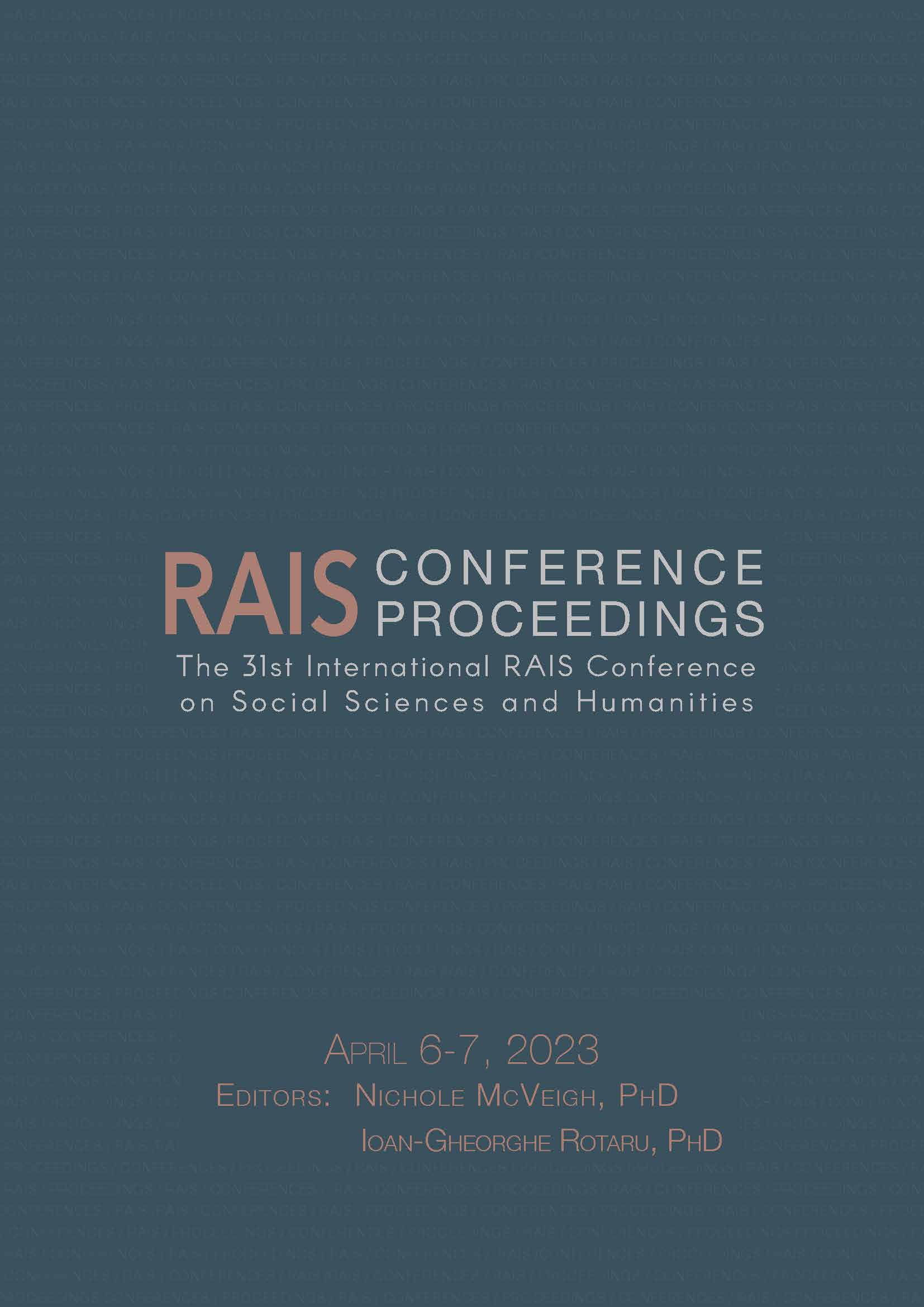Biometric Identification: Opportunities and Challenges in the Digital World
Biometric Identification: Opportunities and Challenges in the Digital World
Author(s): Nicoleta-Elena Heghes
Subject(s): Criminal Law, International Law
Published by: Scientia Moralitas Research Institute
Keywords: identity; identification; authentification; biometrics; biometric identification;
Summary/Abstract: Biometrics involves automatic methods of recognizing individuals based on physical or behavioral characteristics. These methods include fingerprints, retina and iris scanning, hand and finger geometry, voice feature recognition and facial recognition. Biometric technologies have become the preferred solutions for a wide range of applications. Biometrics is already incorporated in national security solutions, such as improving airport security, border control, verifying identification documents and visas, preventing identity fraud. Electronic identification systems have several advantages over well-known traditional identification methods, namely paper documents or personal verification. They are safer, much more efficient and very convenient. Consequently, biometric recognition systems are now being implemented in many government applications, including electronic identity cards, electronic passports, but also civil applications such as logging into a PC, laptop, mobile phone, internet access, smartcard etc. Identification elements cannot be lost, forgotten or stolen, as happens with passwords, identity cards or bank cards, as physiological characteristics have the advantage of being relatively stable over time.
Book: Proceedings of the 31st International RAIS Conference on Social Sciences
- Page Range: 40-44
- Page Count: 5
- Publication Year: 2023
- Language: English
- Content File-PDF

